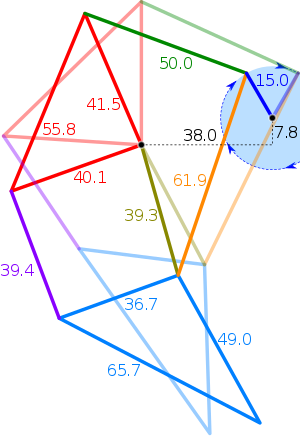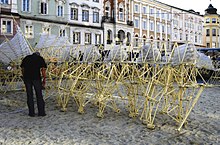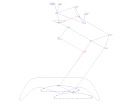The design of fuel cells' automation hardware is now complete and available from GitHub repository. The automation both monitors and takes care of the fuel cell and bacteria inside. A model device has been constructed as far as is possible until the missing parts are received.
Regarding instrumentation, the following quantities are measured:
Regarding care of the fuel cell, anode is cared for by pumping air through water with the aim of oxidizing water. Cathode liquid is slightly mixed by pumping the liquid around. To avoid pumps from clogging, a peristaltic pump is used.
The instrumentation part was already used for electrical measurements. The results of these were published in an earlier post. Light and opacity sensors have been built and tested, but have not seen real use yet. Temperature measurement is still missing since we have not received the sensor component yet.
Both air and cathode liquid pump have been tested to work, with the reservation that the test was conducted using a different pump model than the pump that will actually be used. Both work fine.
 | |
| Bacteria's holiday home automation |
Regarding instrumentation, the following quantities are measured:
- Voltage between fuel cell terminals
- Current passing through the load
- Cathode liquid temperature
- Ambient light level
- Cathode liquid opacity
Regarding care of the fuel cell, anode is cared for by pumping air through water with the aim of oxidizing water. Cathode liquid is slightly mixed by pumping the liquid around. To avoid pumps from clogging, a peristaltic pump is used.
The instrumentation part was already used for electrical measurements. The results of these were published in an earlier post. Light and opacity sensors have been built and tested, but have not seen real use yet. Temperature measurement is still missing since we have not received the sensor component yet.
 |
| Testing opacity sensor |








































